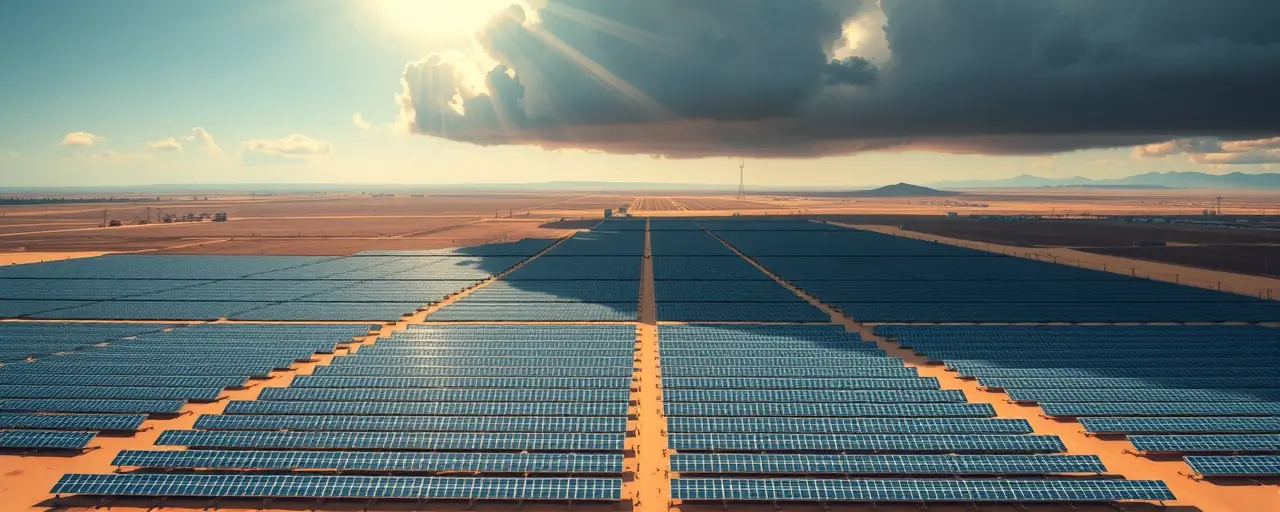A Flashy Goal With Hidden Costs
California’s clean energy milestone grabs headlines. In 2024, the state added 7,000 megawatts of new capacity, contributing to 25,000 megawatts over five years. Governor Gavin Newsom calls it a historic leap toward a greener future. Yet this rapid push is quietly hiking utility bills and threatening the grid’s stability, leaving families to foot the bill.
Electricity rates in California already rank among the nation’s highest. The state’s aggressive renewable targets, driven by the California Public Utilities Commission’s procurement orders, rely heavily on ratepayer and taxpayer funds. Families struggling to pay their bills deserve better than a system that prioritizes lofty goals over affordability.
This issue hits home for every household. The state’s focus on clean energy records overlooks a critical reality: people need power they can afford. When policymakers ignore that, they’re putting everyday Californians in a tough spot. Isn’t reliable, budget-friendly electricity worth prioritizing?
A Grid Stretched to Its Limits
Renewables like solar and wind sound appealing, but their inconsistency creates problems. They generate power only when weather cooperates, forcing the grid to scramble for backup. Despite Newsom’s boast of 15,000 megawatts in battery storage, these systems face real limitations, including capacity degradation, fire hazards, and supply chain issues for critical minerals.
The numbers tell a sobering story. California’s grid ran on 100% clean energy for parts of 51 days last year, but fossil fuels still prevent blackouts. The California Independent System Operator’s $4.8 billion transmission plan for 2024–2025 aims to patch these gaps, yet it’s another expense passed to consumers. Grid operators are racing to add storage and advanced controls, but these fixes cost millions.
Other states offer a better model. Texas blends renewables with natural gas and nuclear, keeping power steady and affordable. California’s all-in bet on renewables risks outages and higher costs. Why not embrace a diverse energy mix that puts reliability first?
Jobs Come With a Catch
Newsom’s administration points to job growth as a win, with clean energy projects creating thousands of construction and utility roles. Nationwide, the solar sector employed nearly 280,000 people by late 2024, and rural areas have seen new opportunities. But these jobs depend on government subsidies and mandates, not genuine market demand.
Private innovation tells a different story. In Georgia, a $2.5 billion solar manufacturing investment created 2,500 jobs without heavy government interference. California’s top-down approach, by contrast, ties job growth to costly policies that inflate electricity rates. When rates rise, small businesses and families suffer most.
The economic risks are clear. Studies suggest that scaling back federal renewable subsidies could increase household electricity bills by 7% and business costs by 10% by 2026. California’s mandate-driven system is already pushing rates higher. How long can families absorb these costs before they demand change?
A Smarter Energy Future
A cleaner energy future is possible without breaking the bank. Market-driven solutions have already slashed wind and solar costs by 70% and 80% since 2010, proving businesses can innovate when given freedom. States with balanced energy policies cut emissions while keeping power affordable, offering a blueprint California could follow.
The state’s own history shows flexibility works. The 2006 Global Warming Solutions Act set bold targets but allowed businesses to adapt. Today’s rigid mandates, like the 100% carbon-free goal by 2045, stifle innovation and burden consumers. Encouraging private investment in diverse energy sources, from renewables to carbon capture, would drive progress without punishing families.
California’s clean energy gamble is costing you more than it should. Demand a system that delivers reliable, affordable power while respecting your budget. A balanced approach, rooted in market innovation, can build a sustainable future without leaving anyone behind.
